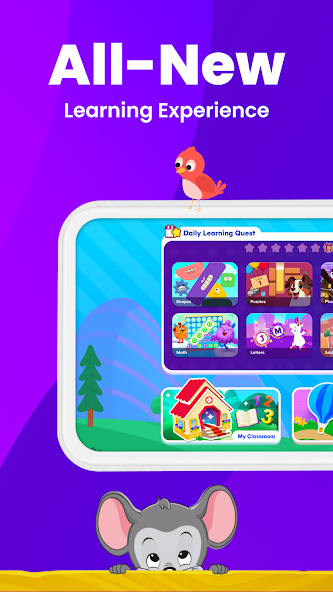How To Assist Your Child In Learning Maths & English At Home
Assisting your child in learning Maths and English at home can be an enjoyable, fulfilling experience. With the appropriate strategies and materials, you can develop a stimulating environment that reinforces their basic skills, particularly in early learning years. Homeschooling or supplement school learning, this book will assist you in understanding the right methods to teach kindergarten mathematics and language fundamentals efficiently.

1. Begin with a strong Kindergarten Prep regimen
The initial years are important for developing learning routines. Having a consistent routine of short, intense Maths and English sessions can enhance attention and ease pressure on learning. Morning is usually an excellent time when the child is new and inquisitive.
Make a basic schedule with 15–20 minute blocks for every subject. Insert breaks for free play and creative pursuits. Kindergarten prep is not about marathon hours—it’s about persistence and curiosity-building.
2. Use A Homeschooling App To Stay Organised
If homeschooling, a specialised homeschooling app can assist you in keeping up with lessons, homework, and exams. Apps offer guided paths of learning specifically for kindergarten children. They have most of the colourful pictures, interactive games, and storytelling that establish language and number competence.
A quality homeschooling app typically has both English language tools (word recognition, phonics, rhymes) and kindergarten math modules (shapes, counting, basic operations). Choose apps that provide parental monitoring and progress tracking.
3. Make Learning English Fun & Relatable
English learning should be interactive and engaging. Read aloud to your child daily using storybooks that are rich in rhymes and repetition. Ask elementary-level questions during reading to develop comprehension.
Use new words in games such as “word bingo” or flashcards. Place sticky notes with labels on household objects (table, chair, door) to develop word identification. Ask your child to tell stories or recount their day to enhance verbal communication.
Songs, rhymes, and interactive videos work as well for listening and vocabulary development. Keep it fun and lighthearted—kids learn more quickly when they enjoy themselves.
4. Make Basics Stronger With A Math Kindergarten App
Math doesn’t have to be boring or confusing. A well-designed math kindergarten app turns numbers and shapes into exciting games. These apps teach counting, number sequencing, patterns, and even simple addition and subtraction through puzzles, matching games, and animations.
Regular use of a math kindergarten app can assist children in identifying number patterns and learning early problem-solving skills. Select an app appropriate to your child’s age and concentration span, and practice for a few minutes each day.
Apps also instil confidence as success is rewarded with stars, stickers, or unlockable levels, making learning a pleasant experience.
5. Merge Offline Activities With Digital Learning
Don’t only use screens. Blend digital with hands-on learning. For instance, use blocks to introduce counting and patterns, or cook together to demonstrate measurements and fractions.
Make an alphabet wall, play hopscotch with phonics, or practice sand tracing to learn letters. This blending of tactile and digital instruction aids in remembering and enhances motor skills, particularly in kindergarten preparation.
Conclusion:
Home learning isn’t about being perfect—it’s about progressing steadily. Find small victories and enjoy letting your child learn at their own speed. With the perfect balance of schedule, offline learning, and helpful tools such as a homeschooling app or math kindergarten app, you can make your home the ideal learning environment for kindergarten math and English growth.

